Designing these innovative vehicles requires powerful, integrated digital tools
By Wayne Tanner, Adaptive Corporation
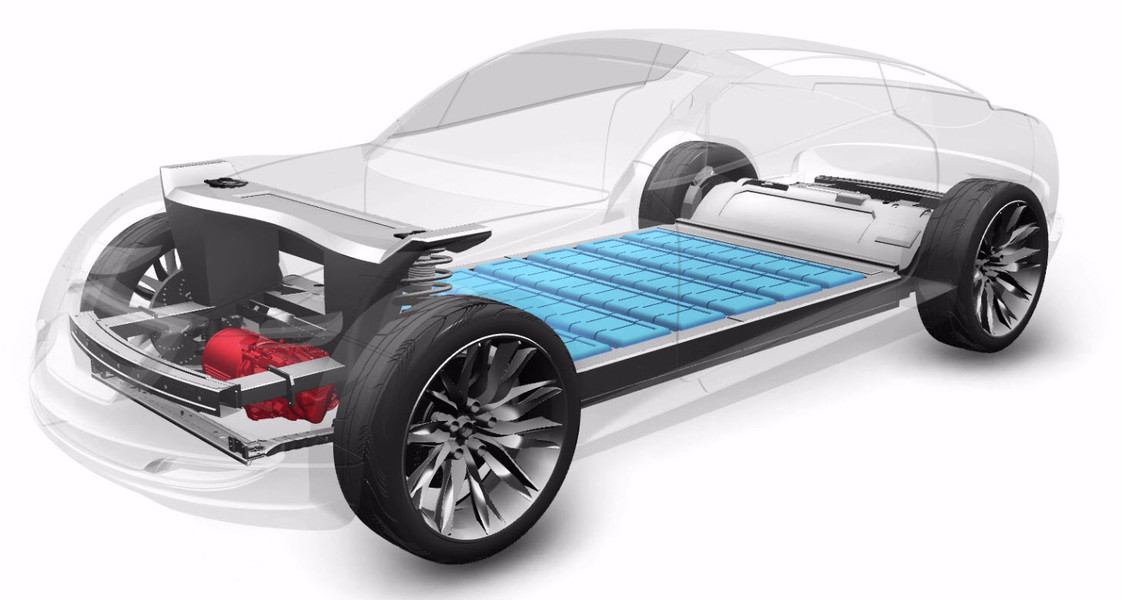
Image 1. EV Chassis/Powertrain concept
The promise of electric vehicles (EVs) to lessen human impact on the environment is clearly being embraced by the automotive industry these days. Multiple OEMs and startups alike are investing time and resources into mastering the shift from manual, mechanical platforms to autonomous, electric ones. The internal combustion engine (ICE) will still be on the road for some time to come, but EVs are already gliding through the streets in increasing numbers. Those companies that can turn the combination of EV performance, range and durability into commercial success will increasingly dominate the competition.
The EV space represents a step-change in complexity over ICE vehicles with a host of novel technological challenges. EVs are truly new products, with so many different configurations, components, and accompanying physics to be considered during the conceptualization and design stages.
For example, the performance of the huge battery packs that power an EV needs to be optimized (a Tesla Model 3 requires 4,416 , 2.8-inch battery cells, according to an April 2019 article in Bloomberg Businessweek). This involves maintenance of a narrow temperature gradient, protection from impact, and prediction of aging over time. The vehicle’s HVAC and overall thermal behavior must be tightly controlled—without undue burden on the battery charge. And the related power electronics of the vehicle must balance DC/DC dual tension, withstand mechanical and thermal stress, and maintain power and signal integrity through electrical ripples.
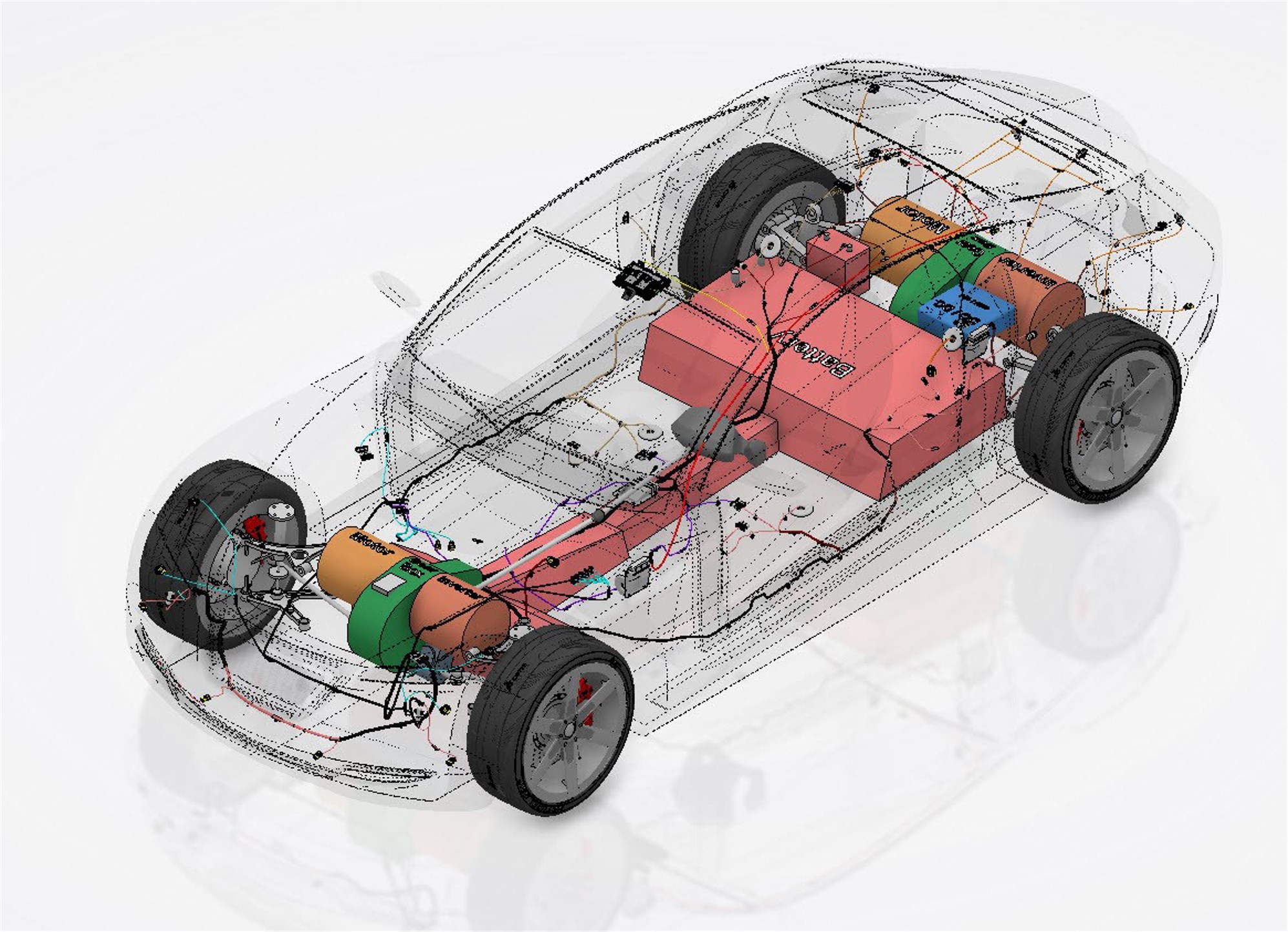
Image 2. EV Wiring and conceptual layout
Furthermore, the electric drive system powered by the battery is completely different from a traditional internal combustion engine—with lubrication, thermal management, strength & stiffness, durability, electromagnetic and noise & vibration requirements unique to EVs. A typical electric motor has just 50 parts compared to 1200 in an ICE, but the structural and EM interrelationships between rotor, stator, housing and gears introduce complexities not seen in any combustion vehicle. Lightweighting is an established trend in vehicles of all kinds but, in the interest of optimized battery range and performance, EV architecture and body designs take lightweighting as far as possible, offering new configuration and packaging opportunities for modularization.
All this complexity is impossible to master without advanced simulation processes in place to drive the sizing, shape, and performance tradeoffs that will result in a successful EV product. While computer simulation has been used to varying degrees by conventional automakers for some time, the latest methodologies available now are a perfect match for EV design.
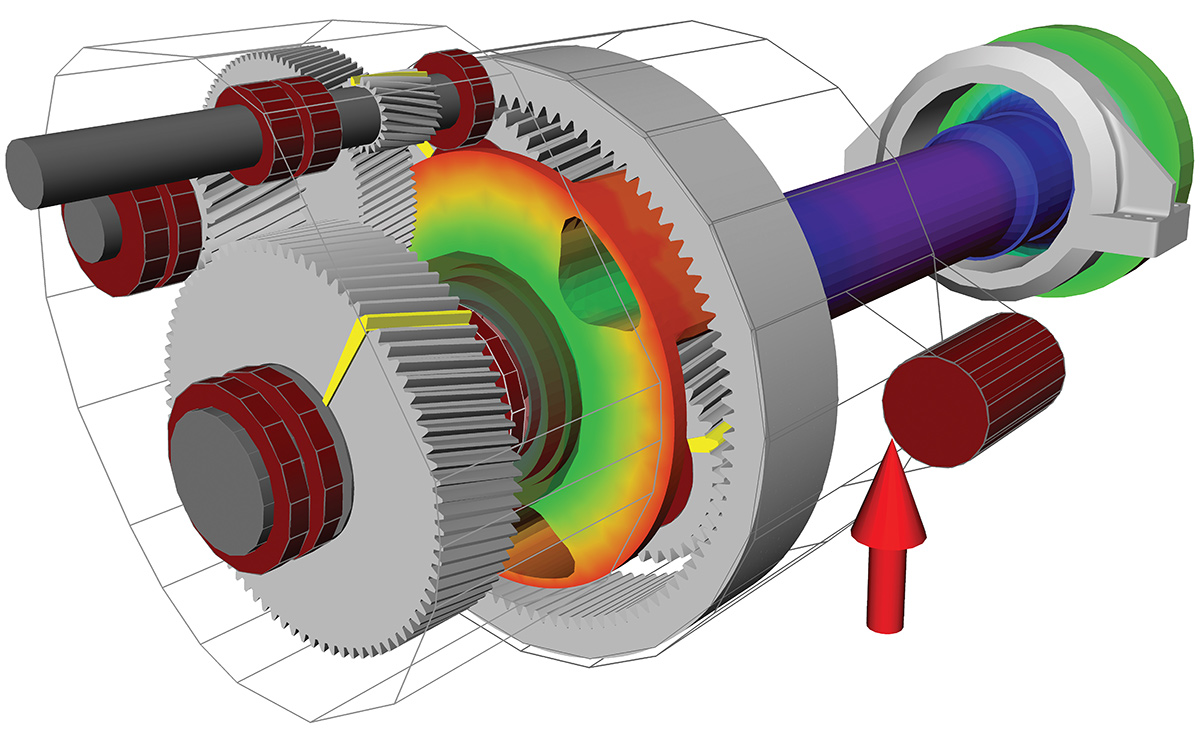
Image 3. Electric drive multi-body simulation with flex-body components
Integrated multiphysics simulation has advanced to the point where the key characteristics of EVs—particularly those unique to electromagnetics, acoustics, and multi-body dynamics—can now be addressed. Simulation can evaluate the function of the electric drive and electromagnetic effects on stator, rotor and even antenna placement (critical for autonomous EVs). Battery range can be predicted over thousands of miles, in every type of driving condition, using 1D models coupled with multibody simulation and advanced CFD. The safety and durability of the battery can be assessed against all attendant thermal, structural, electrical, and chemical concerns. Overall acoustics of an EV, including sound radiation and pressure from the drivetrain, and those irritating NVH issues that can be more noticeable in a quieter EV than in a noisier ICE vehicle—all these factors can now be explored in depth through advanced simulation.
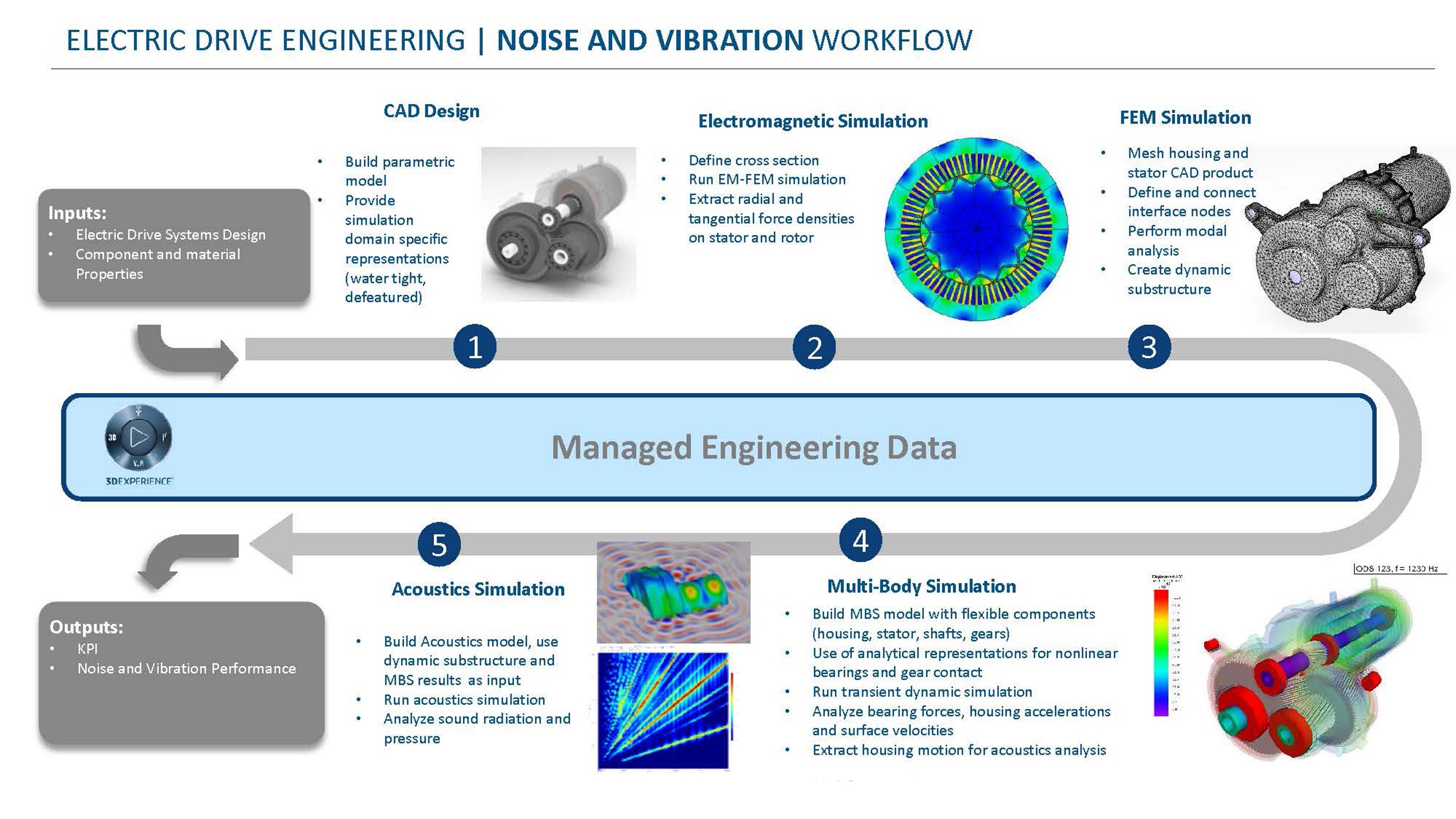
Image 4. Noise and vibration workflow for electric drive engineering
So how are EV companies managing these challenges today?
Most of them begin a new vehicle concept with a systems-engineering approach based on fast, 1D, equation-driven models. This allows quick execution of performance and tradeoff studies that help them understand the interrelationships between different sizing of motors, power electronics, gear ratios, battery requirements and so on.
Next, CAD geometry models of the different components of the vehicle are created based on the performance parameters driven by the system model, with trade-offs based on cost and packaging requirements. If system requirements are changed, each CAD model may need to be updated, reflecting packaging and performance changes. Finally, a full range of multiphysics simulations are performed on the model to study NVH, fatigue, thermal management, electromagnetic interference and so on. Problems are identified early in this kind of virtual environment, well ahead of real-world prototyping. When issues are identified, design changes are made, validated, and passed back to CAD and then the system model—and the process is repeated until the entire desired EV configuration is optimized for production.
Now, if the design team is working on a unified commercial software platform all this happens automatically; the parameters of the CAD model are tied to, and driven by, the system model so that any updates, from system requirements to simulation results and back again, happen automatically and are communicated to all those working on the project. This keeps everyone adherent to a single source of truth so they can fully understand the consequences of the various tradeoffs being made before finalizing detailed design and starting to build prototypes.
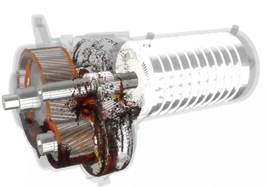
Image 5. Video of oil splashing analysis
It’s certainly possible to design an EV without being on a connected platform. A company may have a favorite software tool they’ve used successfully that solves very specific challenges for them. But when the design and development cycles are performed manually with different engineers executing their own tasks in a disconnected way, the time and effort involved can be considerably higher.
A professional consulting organization can help align a company’s existing engineering tools and processes to work together, connecting multi-CAD, simulation tools, and data into a single connected environment. The consulting team can recommend methodologies and create a validation and simulation process optimized for the challenges they are trying to solve. While a single integrated environment may be the most efficient way to integrate communication and data management, many companies already have investments in multiple toolsets that they may not want to lose. In this situation, the consultants can help understand where certain tools are most valuable and what the tradeoffs are from their choices.
Ideally, a company should consult with an outside expert at the earliest stage of EV concept development. Going onto a commercial platform at that point offers efficiencies and time-to-market advantages that can be huge in the fast-paced electric-vehicle race. But it can be equally valuable to seek counsel at any stage in the process in order to identify the clearest route forward to the optimum EV design that works best for the engineering team that is pursuing its next-generation “dream car.”
